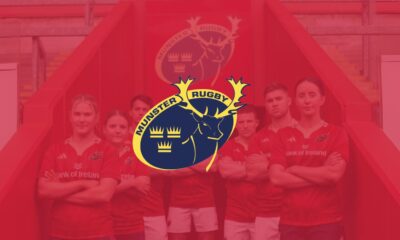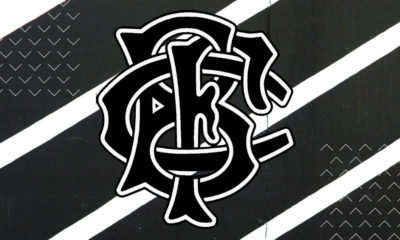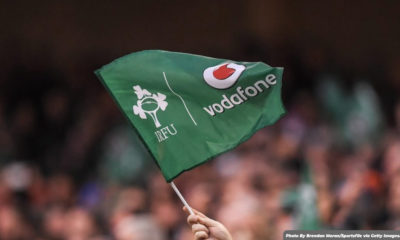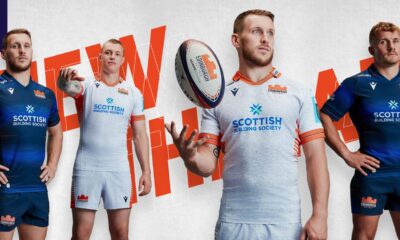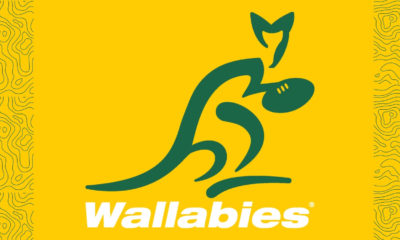Rugby League
Rugby Australia Snap Up Fijian NRL Star
Rugby Australia have confirmed the signing of one of the most exciting Rugby League players on the planet
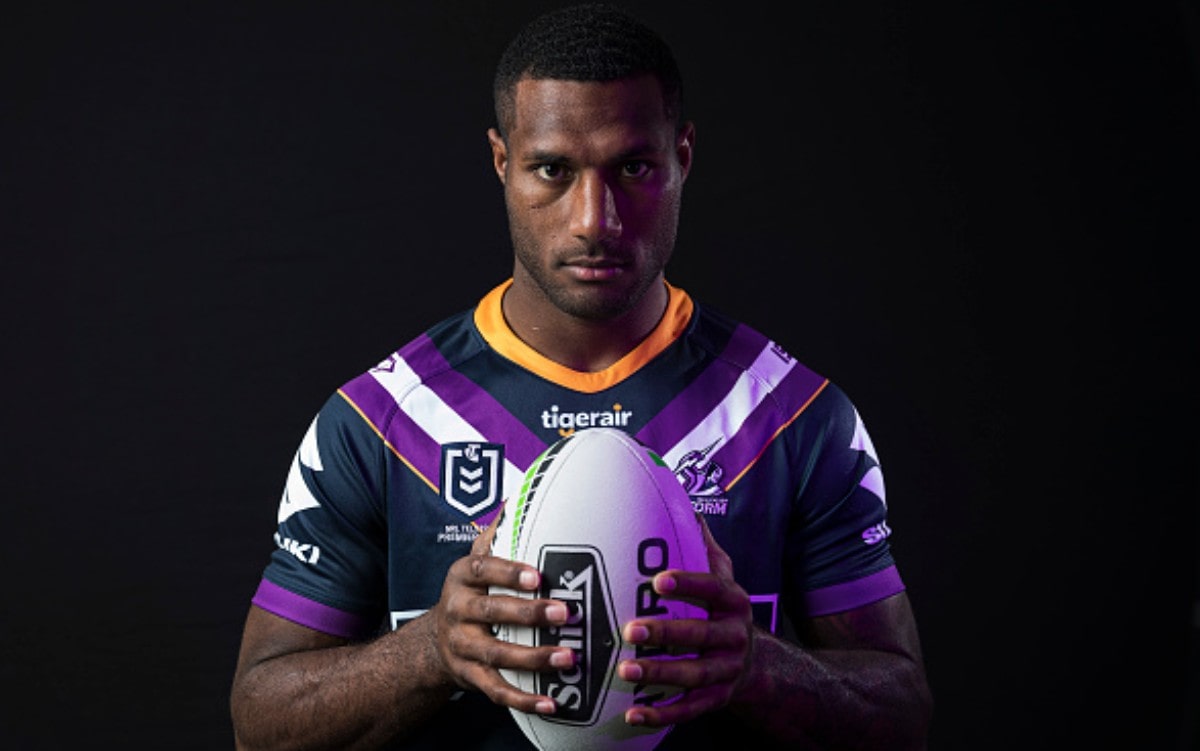
Rugby Australia and the Queensland Reds have announced the signing of Fijian NRL star Suliasi Vunivalu from Melbourne Storm.
The flying-winger has put pen to paper on a two-year deal which comes into effect in 2021, which will see him join the Reds in Super Rugby and switch back to Rugby Union.
Speaking on the massive coup Rugby Australia’s director of rugby Scott Johnson is delighted that Vunivalu has signed up and is looking forward to what he can bring to the table.
“This is a very good signing for Australian Rugby and the Reds. Suliasi was a standout schoolboy rugby player. He is an elite finisher with a lot of big-game experience for a young man and will have an immediate impact for the Reds in 2021 and put himself right in the frame for higher honours. He is one player we have been looking at very closely this year with the skillset we are looking for in the outside backs. He has been working in a great environment at the Storm and has chosen a future in rugby, so it is a great result for the game,” he said.
The 24-year-old has been playing for Storm since 2016, and played in consecutive Grand Finals between 2016 and 2018, scoring a record-breaking number of tries in his first two seasons and currently having 72 tries in 94 appearances for the club.
He will hope to add to that total over his final campaign with the club, while on the international stage he has 12 tries in only eight appearances for Fiji.
He also played in New Zealand when he was younger for the Auckland Blues, before making the move to Storm and league at 18.
It is a major boost for both the Super Rugby franchise and the Wallabies and if he can bring his league form to the union stage it could be something special.
6 Nations
World Rugby to introduce contact training restrictions
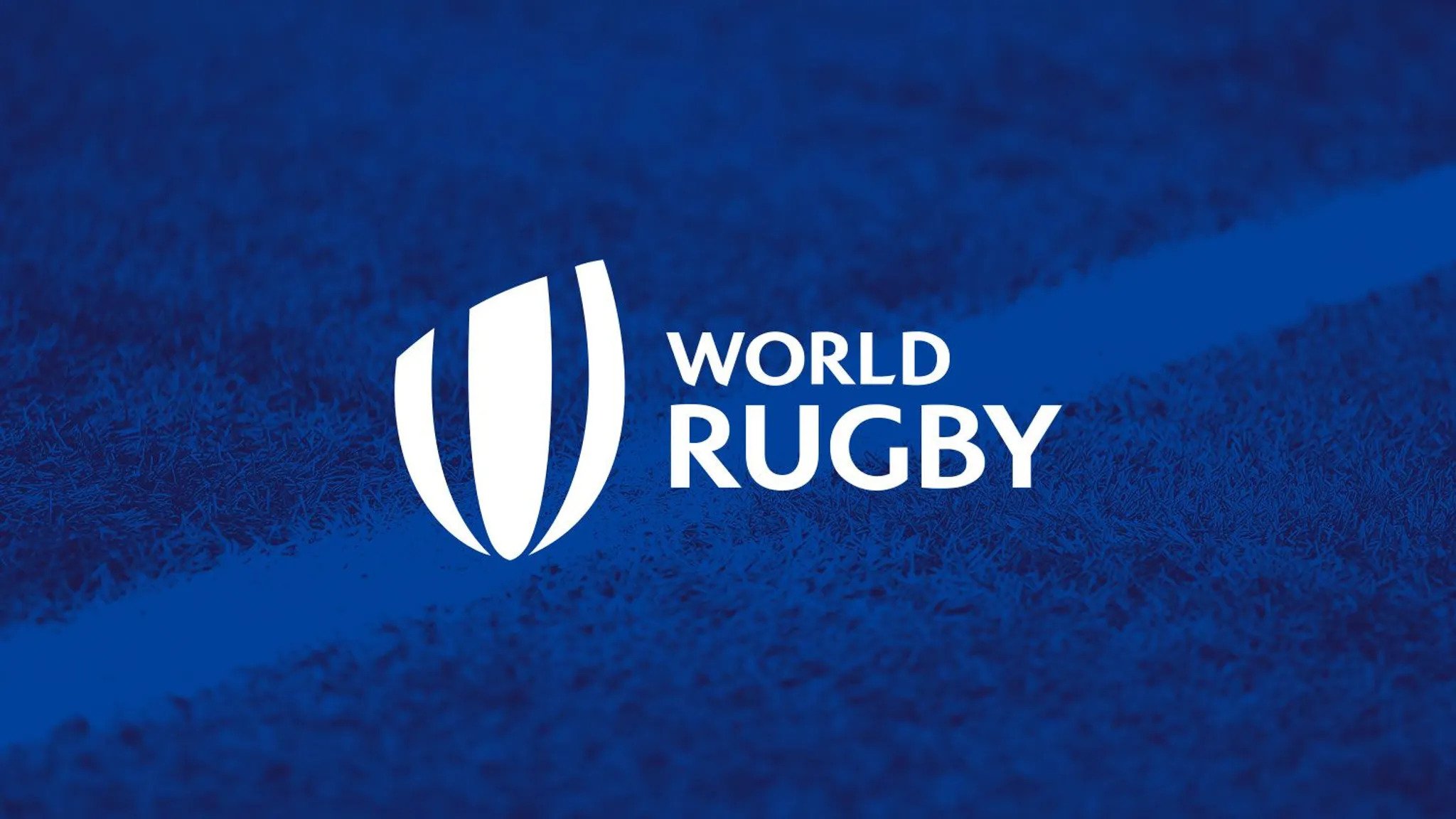
World Rugby and International Rugby Players (IRP) have published new contact training load guidance aimed at reducing injury risk and supporting short and long-term player welfare. The guidance is being supported by national players’ associations, national unions, international and domestic competitions, top coaches and clubs.
Earlier this year, World Rugby unveiled a transformational six-point plan aiming to cement rugby as the most progressive sport on player welfare. These new best-practice guidelines focus on the intensity and frequency of contact training to which professional rugby players should be exposed and have been shaped by consultation with players and coaches as well as leading medical, conditioning and scientific experts.
While the incidence of training injuries is low relative to that of matches, the volume of training performed means that a relatively high proportion (35-40 per cent) of all injuries during a season occur during training, with the majority of these being soft tissue injuries. Since the training environment is highly controllable, the guidelines have been developed to reduce injury risk and cumulative contact load to the lowest possible levels that still allow for adequate player conditioning and technical preparation.
Global study
The guidelines are based on a global study undertaken by IRP of almost 600 players participating across 18 elite men’s and women’s competitions, and a comprehensive review of the latest injury data. This reveals that training patterns vary across competitions, with an average of 21 minutes per week of full contact training and an average total contact load of 118 minutes per week. A more measured and consistent approach to training will help manage the contact load for players, especially those moving between club and national training environments. The research supports minimising contact load in training, in order that players can be prepared to perform but avoid an elevated injury risk at the same time. The guidelines aim to help strike that balance.
New ‘best practice’ training contact guidelines
World Rugby and International Rugby Players’ new framework [https://www.world.rugby/the-game/player-welfare/medical/contact-load] sets out clear and acceptable contact guidelines for training sessions, aiming to further inform coaches – and players – of best practice for reducing injury risk and optimising match preparation in season. The guidance covers the whole spectrum of contact training types, considering volume, intensity, frequency and predictability of contact, as well as the optimal structure of sessions across the typical training week, including crucial recovery and rest periods.
Recommended contact training limits for the professional game are:
- Full contact training: maximum of 15 minutes per week across a maximum of two days per week with Mondays and Fridays comprising zero full contact training to allow for recovery and preparation
- Controlled contact training: maximum of 40 minutes per week
- Live set piece training: maximum of 30 minutes set piece training per week is advised
The guidelines, which also consider reducing the overall load for players of particular age, maturity and injury profile (in line with the risk factors and load guidance published in 2019), will feature in the men’s and women’s Rugby World Cup player welfare standards.
Instrumented mouthguard research programme to inform effectiveness
World Rugby is partnering with elite teams to measure the ‘real life’ effect of these guidelines (in training and matches) and assess the mechanism, incidence and intensity of head impact events using the Prevent Biometics market-leading instrumented mouthguard technology and video analysis to monitor implementation and measure outcomes.
The technology, the same employed in the ground-breaking Otago Rugby Head Impact Detection Study, will deliver the biggest ever comparable bank of head impact data in the sport with more than 1,000 participants across the men’s and women’s elite, community and age-grade levels. The teams that have signed up so far are multiple Champions Cup winners Leinster, French powerhouse Clermont Auvergne and Benetton Treviso while discussions are ongoing with several other men’s and women’s teams across a range of competitions.
World Rugby Chief Executive Alan Gilpin said: “This important body of work reflects our ambition to advance welfare for players at all levels of the game. Designed by experts, these guidelines are based on the largest study of contact training in the sport, developed by some of the best rugby, performance and medical minds in the game. We believe that by moderating overall training load on an individualised basis, including contact in season, it is possible to enhance both injury-prevention and performance outcomes, which is good for players, coaches and fans.”
World Rugby Director of Rugby and High Performance and former Ireland coach Joe Schmidt added: “Training has increasingly played an important role in injury-prevention as well as performance. While there is a lot less full contact training than many people might imagine, it is our hope that having a central set of guidelines will further inform players and coaches of key considerations for any contact that is done during training.
“These new guidelines, developed by leading experts and supported by the game, are by necessity a work in progress and will be monitored and further researched to understand the positive impact on player welfare. We are encouraged by the response that we have received so far.
“We recognise that community level rugby can be an almost entirely different sport in terms of fitness levels, resources and how players can be expected to train, but the guidelines can be applied at many levels, especially the planning, purpose and monitoring of any contact in training.”
International Rugby Players Chief Executive Omar Hassanein said the guidelines are being welcomed by players: “From an International Rugby Players’ perspective, this project represents a significant and very relevant piece of work relating to contact load. We’ve worked closely with our member bodies in gathering approximately 600 responses from across the globe, allowing us to have sufficient data to then be assessed by industry experts. The processing of this data has led to some quite specific recommendations which are designed to protect our players from injuries relating to excessive contact load. We will continue to work with World Rugby as we monitor the progress of these recommendations and undertake further research in this area.”
Leinster coach Stuart Lancaster, who was involved in reviewing the study and advising the development of the guidelines, said: “We have a responsibility to make the game as safe as possible for all our players. For coaches, optimising training plays a significant role in achieving that objective. It is important that we do not overdo contact load across the week in order that players are fresh, injury-free and ready for match days. These guidelines provide a practical and impactful approach to this central area of player preparation and management.”
Ireland international and IRP Head of Strategic Projects and Research Sene Naoupu said: “While this is the first step of the implementation and monitoring process, it is an incredible outcome that shows just how much players care about this area. It also provides a foundation to review and determine future direction of implementation across the game, within an evidence-based injury-prevention programme for performance and welfare.”
World Rugby is also progressing a wide-ranging study of the impact of replacements on injury risk in the sport with the University of Bath in England, a ground-breaking study into the frequency and nature of head impacts in community rugby in partnership with the Otago Rugby Union, University of Otago and New Zealand Rugby, and further research specific to the professional women’s game. All of these priority activities will inform the decisions the sport makes to advance welfare for players at all levels and stages.
International
Rugby Australia Want Rugby League Youngster
Rugby Australia are looking into the possibility of tempting one of Rugby League’s hottest prospects to come to Rugby Union
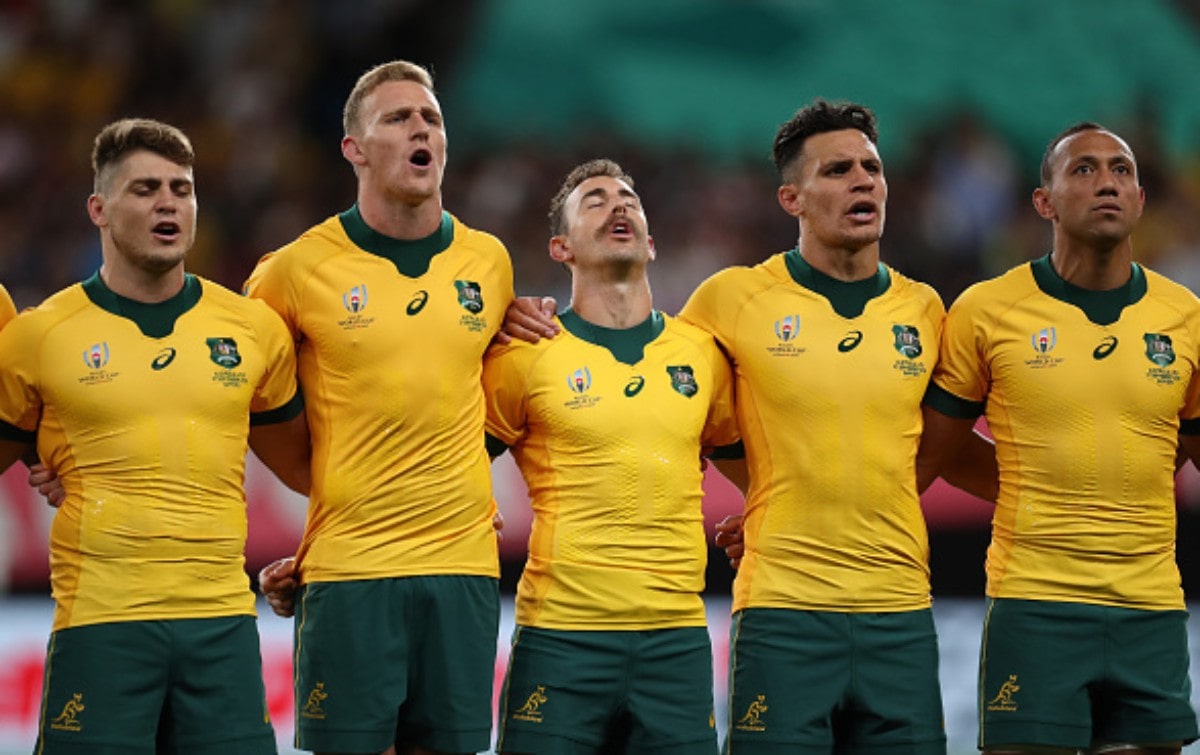
Rugby Australia are attempting to persuade Rugby League youngster Joseph Suaalii to switch codes following talks with incoming Wallabies head coach Dave Rennie.
The 16-year-old currently plays Rugby League for the South Sydney Rabbitohs and is contracted to the side until 2021, but following a series of impressive displays Rugby Australia are set to enter a bidding war for his services.
Rennie was in Australia to fulfill media duties last week for the first time since being announced as head coach.
The current Glasgow Warriors head coach visited all four Super Rugby franchises during his trip, but it is understood that he also held talks with Suaalii following recommendation from Rugby Australia director of rugby Scott Johnson.
It is believed that he is the only player that is not a Wallaby already or Super Rugby player that Rennie visited for talks.
The NRL club are thought to be trying to upgrade and extend the youngsters contract already in order to fend off any approaches from Rugby Australia.
However, it is understood that Rennie and Rugby Australia are using the possibility of a spot in the Wallabies’ 2023 Rugby World Cup squad as a bonus to Suaalii if he were to sign with them according to reports.
The South Sydney Rabbitohs will be all too aware that last year Rugby Australia managed to pry away another Rugby League prospect in Suliasi Vunivalu who has agreed to sign the Reds come next season, showing the temptation to switch codes.
International
Jones Looking into Coaching Code Switch
England head coach Eddie Jones has been a part of some of the biggest teams in Rugby Union history, but it seems as though he might want to make a name for himself in Rugby League now according to reports
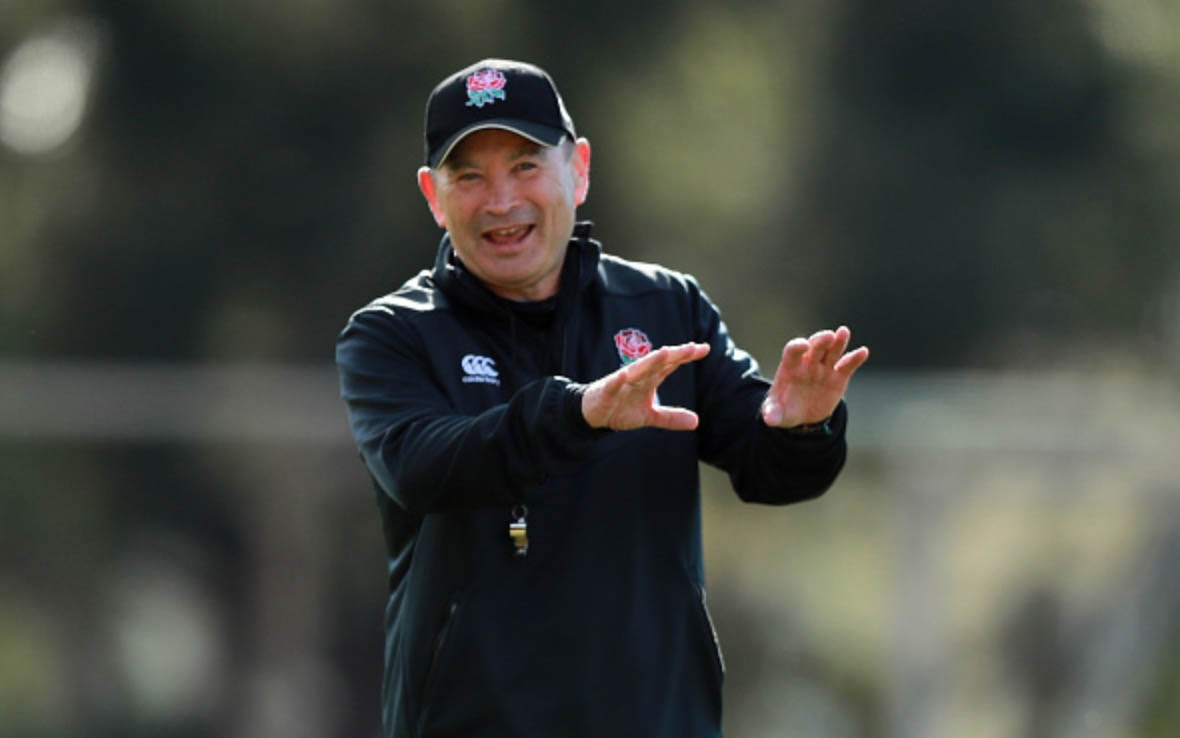
England head coach Eddie Jones is eyeing a coaching career in Rugby League at some point in the future according to a report in the New Zealand Herald.
Jones, who guided England to the Rugby World Cup final in Japan earlier this month, only to fall at the final hurdle 32-12 to South Africa, is apparently hoping to change codes, moving from union to league, and wants to take over the South Sydney Rabbitohs.
The Australian rugby league side are currently under the management of Wayne Bennent, former star in the sport. However, Jones would like to replace him in his position once his time in the role comes to an end the report claims.
“The noise around Eddie Jones had him in line for the Wallabies coaching job — but the truth is there is another gig that he really covets. NRL clubs take note, Jones would like a crack at rugby league at some point in his career. Even though he has one of the highest-profile and highest-paying positions in world rugby, there is a part of Jones that wants to test himself. As far as tests go, taking on an NRL job is a big one. From what I can gather, he has told mates that taking over from Wayne Bennett when he finishes at Souths appeals. He has a soft spot for the club. It’s doubtful the Rabbitohs would be aware of his ambitions because he has only shared his league thoughts with a select few,” the piece in the Herald reads.
Having been a part of international set-ups such as Australia, South Africa, Japan and now England it would be a huge call if he decided to move as it would see him leave one of the biggest jobs in union to shift to a less luxurious club-based job in league.
However, it is thought that Jones wants a new challenge and this could be it. His current contract with the English national side is set to expire come 2021, with many expecting him to be offered an extension following their World Cup campaign and lead them to the 2023 edition of the tournament, but this urge for a new challenge could make that a little more complicated.




